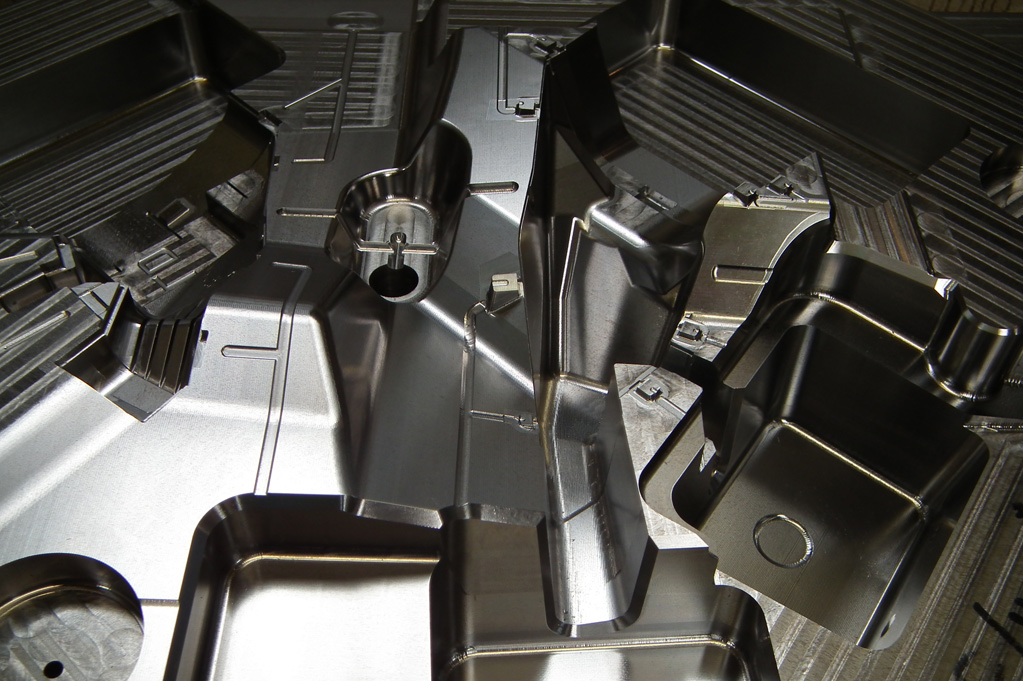
Mould Makers
In simplest terms, mould makers create a mould into which fluid or molten material is poured. Once the molten material solidifies, it then becomes the sought-after component that the mould maker is looking for. Many people interchange mould makers with tool makers, because tool makers often use moulds to create their tools and mould makers are often asked to create tools. However, a mould maker may also be asked to produce other types of products as well, such as components.
There are many types of mould making procedures. These include:
-
Matric Moulding - In this process, the mould maker creates a hard outer shell into which the prototype is placed. The softer and more fluid moulding material is then poured in between the shell and the prototype to produce the mould. To make it clearer, imagine a metal box into which the mould maker places the prototype. The moulding material is then poured into the box. Once the moulding material solidifies, the mould maker then removes the box as well as the prototype. What’s left is the mould—the fluid material poured into that mould will then resemble the exact size and shape of the earlier prototype.
-
Compression Moulding - This process is often used for thermoset plastic parts, which are essentially pliable plastics, but their shapes cannot be changed once they’ve been heated and set to a shape. In this process, the plastic material is shaped with the mould through compression and heat. The plastic material is placed directly into a preheated metal mould, and the heat softens the plastic so that it conforms to the shape of the mould.
There are several factors that must be considered for compression moulding. For one, the heat required will be different for each type of plastic. The compression force will also depend on what the raw material can withstand, especially in its heated state. The time required for this type of moulding also depends on the type of material, the pressure used, the thickness of the part, and the cooling time required.
- Injection Moulding - This process is a bit more complex, although injection moulding allows for the manufacture of complex shapes which may not be economically feasible through other means. The injection moulding machine is comprised of three basic parts. The feed hopper is where the raw material is placed. Usually the raw material is plastic in powder or granular form. The heater barrel then changes the plastic powder through heat into a liquid form. (This step is unnecessary if the raw material is already in liquid form.) After the liquid form is achieved, the ram (or “screw”) forces the liquid raw material into every crevice of the tightly clamped mould. The liquid then sets and cools because the metal mould conducts away the heat.
As you can see, mould making is not as simple as some people may believe. It is complicated and requires a lot of skill and experience. This is why our services are among the most highly sought after in the industry, as our mould makers are among the best and most experienced.
ITI Manchester is Here For You
Investment Tooling have a vast wealth of experience for you to tap in to, our team is ready to help and advise you from concept to product sign off. Please call us on 0161 653 8066 to speak to one of our members.







